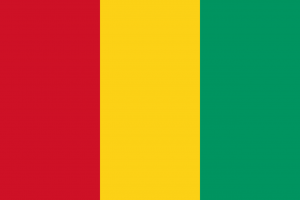Difference between revisions of "Language/Susu/Grammar/Indirect-object-pronouns"
Jump to navigation
Jump to search
(Created page with "{| class="wikitable" |Number | Object |Pronouns |- |1st person |Singular <nowiki>------------------------------</nowiki> N ma |Plural <nowiki>------------------------------</nowiki> Muxu ma/Won ma |- | 2nd person | I ma | Wo ma |- | 3rd person | A ma | E ma |} Examples: {| class="wikitable" |Ye radangi n ma |Pass me the water |- |Kçbiri fi a ma |Give me some money |}") |
|||
| Line 1: | Line 1: | ||
<div class="pg_page_title">The Indirect Object Pronoun in Susu</div> | |||
[[File:Susu-Language-PolyglotClub.png|thumb]] | |||
Hello Susu learners, | |||
➡ In today's lesson you will learn how to form The Indirect Object Pronoun in Susu language. | |||
Happy learning! | |||
{| class="wikitable" | {| class="wikitable" | ||
|Number | |Number | ||
Revision as of 16:47, 2 June 2022
The Indirect Object Pronoun in Susu
Hello Susu learners,
➡ In today's lesson you will learn how to form The Indirect Object Pronoun in Susu language.
Happy learning!
| Number | Object | Pronouns |
| 1st person | Singular
------------------------------
|
Plural
------------------------------ Muxu ma/Won ma |
|
|
|
|
|
|
|
|
Examples:
| Ye radangi n ma | Pass me the water |
| Kçbiri fi a ma | Give me some money |
